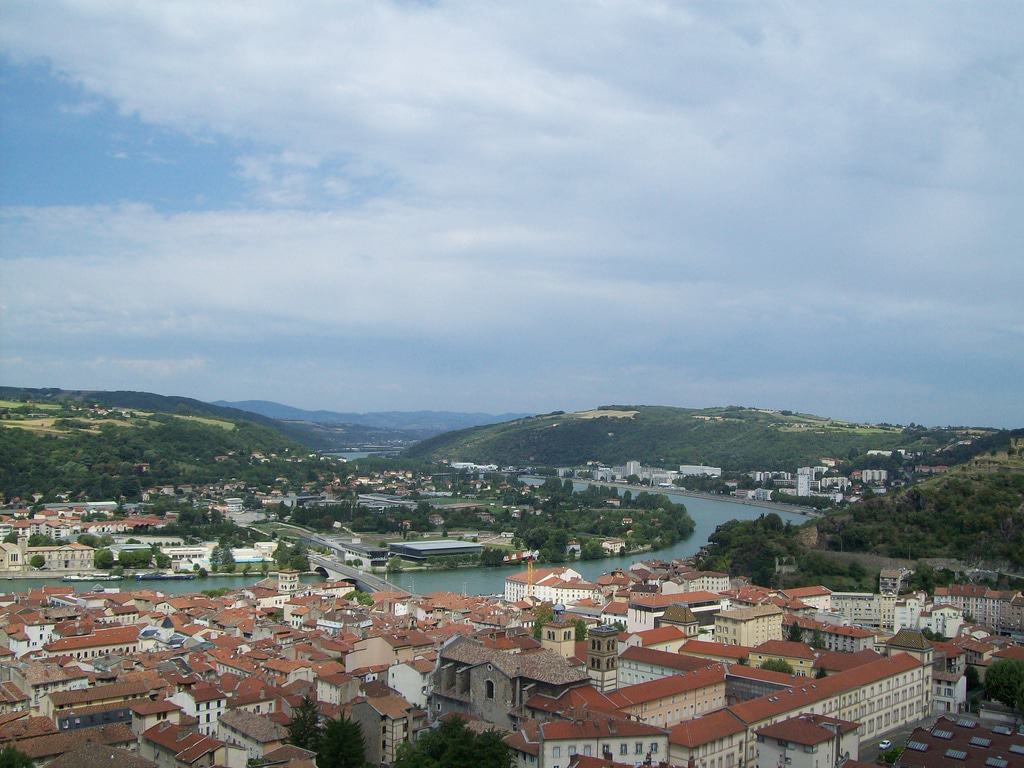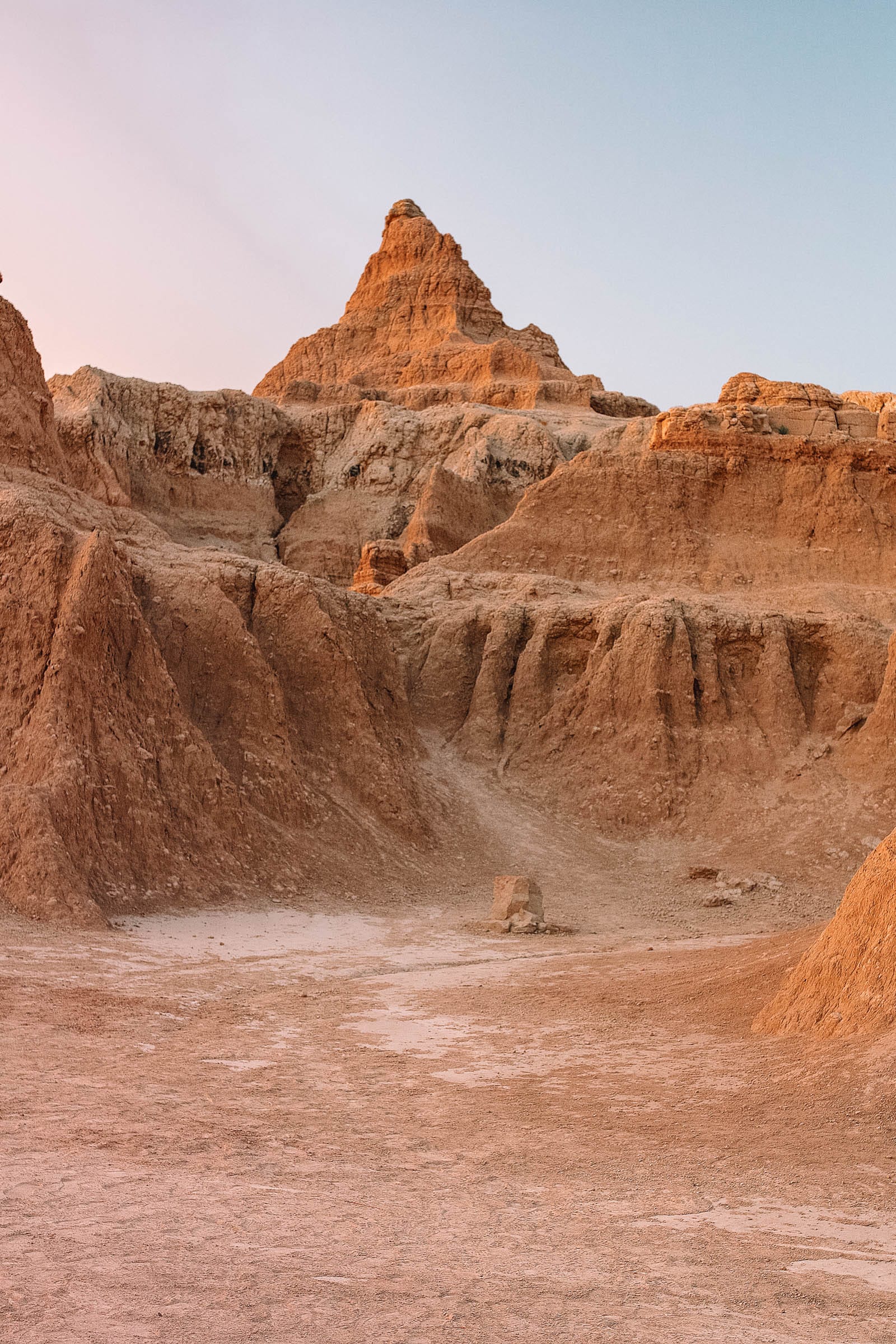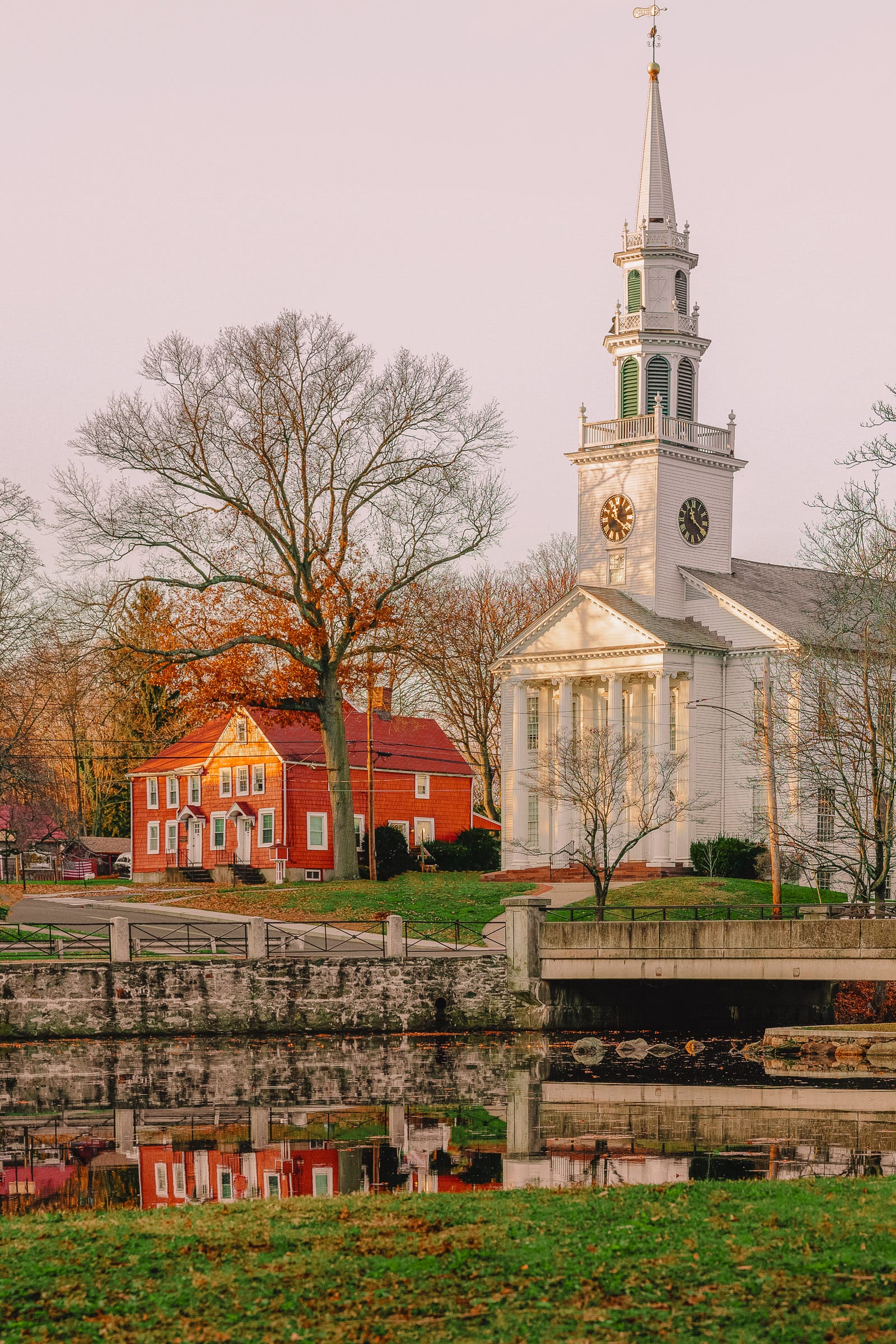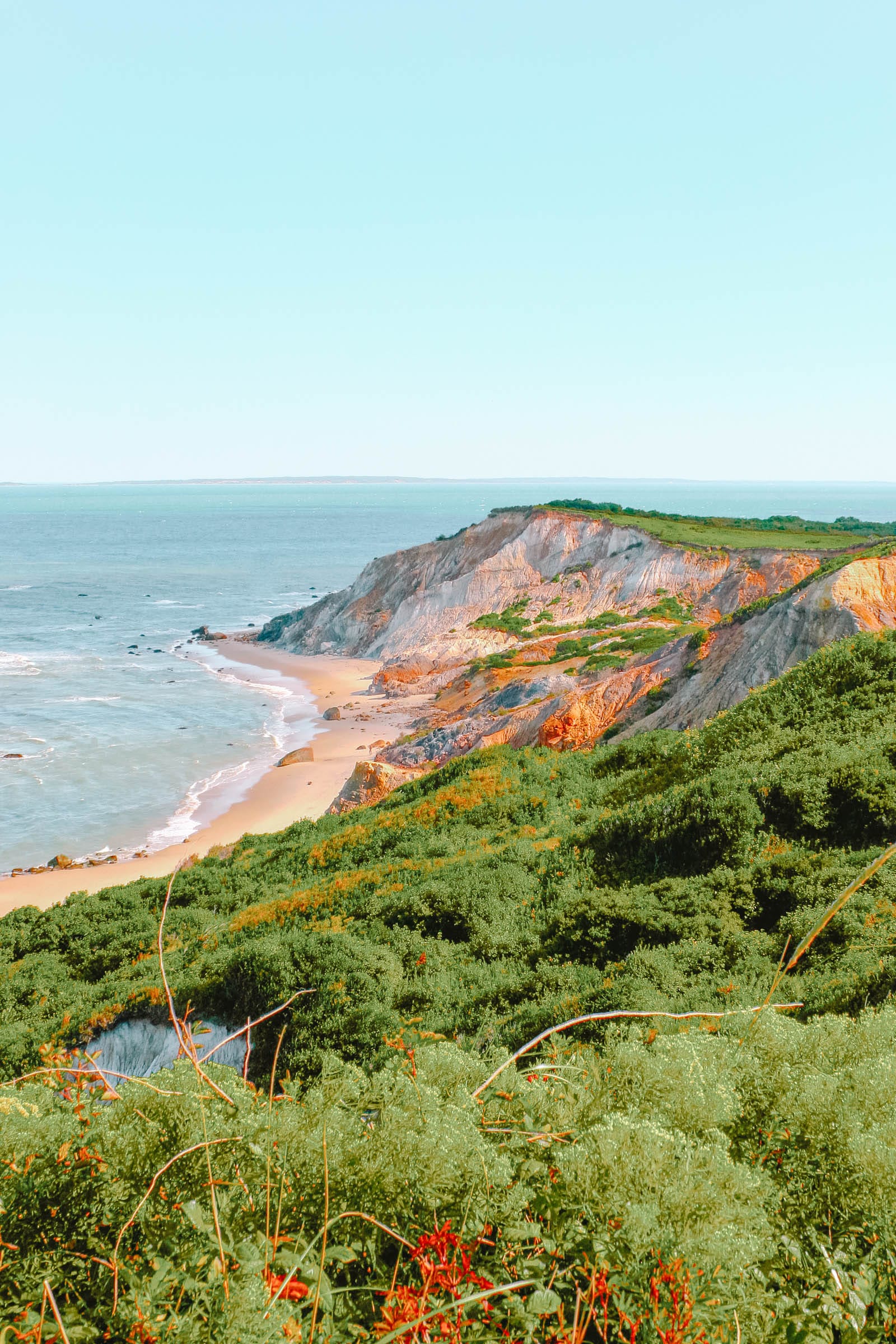Summary
- Temple of Augustus and Livia
- Vienne Cathedral
- Roman Theatre
- Musée Gallo-Romain de Saint-Romain-en-Gal
- Roman Circus
- Abbaye de Saint-André-le-Bas
- Musée Archéologique Saint-Pierre
- Jardin Archéologique de Cybèle
- Jardin du 8 Mai 1945
- Pipet
- Musée des Beaux-Arts et d’Archéologie
- Vienne Market
- Parc Naturel Régional du Pilat
- Lyon
- Jazz à Vienne
On the left bank of the Rhône, south of Lyon, lies a city rich in Roman history.
This is not an exaggeration, as the parks in Vienne are adorned with fascinating remnants from the ancient city of “Vienna,” including Roman pavings, walls, milestones, and columns.
Most notably, the Temple of August and Livia, dating from the 1st century BC, stands in the heart of Vienne, completely intact like no other structure.
Gain insightful context at the Gallo-Roman Museum, situated amidst a large archaeological site, and appreciate the cityscape from the summit of Pipet, an impressive hill in the center of the city.
Let us explore the top things to do in Vienne:
1. Temple of Augustus and Livia

This magnificent 1st-century BC temple, along with the Maison Carrée in Nîmes, represents two of the finest examples of Roman architecture in France.
It can be viewed from a railing in the center of Vienne, on Place du Palais Charles de Gaulle, where the forum of Roman Vienna was located.
The columns, entablature, and capitals are remarkably well-preserved considering their age.
They have been safeguarded because the temple was converted into a church around the 6th century, with the portico bricked up.
This preservation remained until the 19th century when it was designated a historical monument, initiating restoration in 1852.
2. Vienne Cathedral

A designated French National Monument, Vienne Cathedral is technically not a cathedral due to the dissolution of the archdiocese of Vienne in the early 1800s.
The structure predominantly exhibits Romanesque and Gothic styles from the 12th to 14th centuries, with later enhancements following damage during the Huguenots in the French Wars of Religion.
The western façade, which faces the Rhône, features a remarkable three carved portal arches that survived the damage.
The right portal depicts prophets and angels, the left is dedicated to the Virgin, while the central portal features images familiar from the Old and New Testaments.
3. Roman Theatre

Although it ranks among the largest theatres of Roman Gaul, Vienne’s theatre remained concealed until 1908. Constructed around 40 AD, it originally accommodated approximately 13,000 attendees, making it the second-largest in Gaul, following Autun.
The theatre underwent restoration in the 1920s and 30s and continues to function as a performance venue with seating for 8,000 individuals across 46 tiers.
Numerous events take place during the summer, providing a unique backdrop for concerts.
4. Musée Gallo-Romain de Saint-Romain-en-Gal

Located on the right bank of the Rhône is the Saint-Romain-en-Gal Archaeological Site.
During the era of Ancient Vienna, this area served as an expansive commercial and residential district featuring warehouses, villas, and workshops.
For those passionate about ancient history, it acts as a veritable playground.
The site features two bathing complexes, including one specifically for wrestlers, and the Roman road remains remarkably well-preserved.
An internal exhibition showcases intricate mosaics that visitors can admire from upper-level galleries.
The museum integrates authentic artifacts discovered on site along with reconstructions that provide an understanding of their role within the life of ancient Vienna.
5. Roman Circus

Traveling along Boulevard Fernand-Point, one might overlook this 20-meter stone monument.
However, this obelisk, found on the tranquil residential street, is a rare remnant of Vienne’s Roman Circus, where chariot races once occurred.
Dated to the 1st century, the “Pyramide de Vienne” was located on the spina, the dividing line of the track, typically adorned with stone monuments.
The pyramid was uncovered during excavations of the former circus in 1852 and has been recognized as a French “monument historique” since its discovery.
6. Abbaye de Saint-André-le-Bas

Founded in the 500s, not much is documented regarding this abbey, aside from its status as the chapel for the palace of the Kings of Burgundy during the 900s.
Subsequently, the abbey came under Benedictine supervision in that century, when many architectural developments we admire today were completed.
The bell tower and flying buttresses date back to the 1200s, while the radiating chapels belong to the 13th century.
The 12th-century cloister is particularly noteworthy, being the only complete Romanesque cloister in Rhône-Alpes.
Most of the capitals present foliate patterns; however, upon close inspection, scenes depicting Samson battling the lion and other biblical narratives can be identified.
7. Musée Archéologique Saint-Pierre

This abbey has housed a captivating lapidary museum since 1872, showcasing a diverse collection of stone monuments from various historical periods.
Upon entering, visitors are welcomed by a bust of the archaeologist Pierre Schneyder, who bequeathed many artifacts to the city in the early 1800s.
The museum features sarcophagi, funerary altars, elements from the theatre, a head statue of Augustus, a striking 1st century mosaic, and an exceptional marble sculpture of a greyhound, reflecting the level of naturalism achieved by artists in Roman Vienna.
8. Jardin Archéologique de Cybèle

Situated between the Temple of Augustus and Livia and the Theatre is a public garden adorned with fragments from Ancient Vienna.
The site features a substantial wall, various terraces, and foundations of multiple homes.
Notably, two large perpendicular archways, which would have led to the forum, remain, continuing to convey the city’s former grandeur.
At the summit of the ruins, the friezes are remarkably well-preserved, adorned with plant motifs, masks, and mythological figures sculpted from soft limestone.
9. Jardin du 8 Mai 1945

Adjacent to Vienne’s tourist office is a public park, established on what was once a vineyard owned by the Abbaye de Saint-Pierre, which lies just a few steps away.
It commemorates the Allied victory in World War II.
However, in Vienne, one can also discover several ancient Roman remnants awaiting to surprise visitors.
The site includes a 4th-century milestone, erected during Emperor Constantine’s reign, alongside a sizeable section of the Roman road that once led to the warehouses along the river quays.
10. Pipet

From the right bank of the Rhône, one will be struck by the sight of the Chapelle Notre Dame de la Salette and its accompanying statue of the Virgin towering over Vienne.
These structures are located atop Mont Pipet, the city’s highest elevation.
In antiquity, this area was sacred, featuring temples that overlooked the forum; remnants of the supporting wall for these structures remain visible.
Visitors can climb to capture photographs of the Rhône and the picturesque Vienne countryside.
The Virgin’s statue, situated on a tall pedestal, dates back to the 1850s, carved from black Volvic stone.
11. Musée des Beaux-Arts et d’Archéologie

For those whose interest in Roman Vienna remains invigorated, this former 19th-century granary offers additional insights.
The first floor hosts three rooms filled with display cases showcasing Roman weaponry and tools, medieval ceramics, and one of the most substantial collections of French faience in the region.
Moreover, there is a small but exquisite selection of French painting from the 1500s to the 1900s.
A life-sized bronze statue of Pacatianus, a 3rd-century usurper from Vienne who met his end at the hands of his own men in 248, captures visitors’ attention.
12. Vienne Market

Every Saturday, the second-largest outdoor market in France unfolds right in Vienne.
The stalls, positioned side by side, stretch for six kilometers, featuring hundreds of local producers, street vendors, and other merchants vying for attention.
For visitors in August or September, this is the perfect opportunity to indulge in the renowned Triomphe de Vienne pears.
These pears possess exceptionally juicy flesh and turn a delightful golden yellow when ripe, with distinct bumps on the skin.
Most local restaurants incorporate pear desserts into their menus during late summer, while fantastic pear jams can be purchased throughout the year in Vienne.
13. Parc Naturel Régional du Pilat

The northeastern boundary of the Pilat regional park is positioned on the right bank of the Rhône, directly opposite Vienne.
The Pilat range, situated in the foothills of the Massif Central, spans 700 square kilometers and is interspersed with approximately 1,500 kilometers of hiking trails.
Three “Grande Randonnées” traverse this area: The GR7, GR42, and GR65, in addition to ten smaller routes.
A beautiful destination accessible by car is the Crêt de l’Œillon, which reaches a peak of 1,370 meters and is crowned with a towering television antenna.
Tour de France aficionados may recognize that the peloton has ascended this summit on four occasions: 1956, 1985, 1986, and 1995. From this vantage point, stunning views of the Alps to the east and the distinctive rock formation, Les Tres Dents, within the park are revealed.
14. Lyon

Located at the convergence of the Rhône and Saône rivers, France’s third-largest city is conveniently close for a day trip.
Lyon is hailed as the culinary capital of France, praised for its bouchons, traditional establishments serving classic French dishes such as pot-au-feu, andouillettes, foie gras, and coq au vin.
Additionally, if Vienne’s ancient architecture has captivated you, Lyon features a remarkable Roman theatre and an impressive Gallo-Roman museum neighboring it.
One cannot depart without visiting the neoclassical townhouses on the Presqu’île or exploring the traboules, charming Renaissance passageways historically used by silk carriers to traverse between workshops and the banks of the Saône.
15. Jazz à Vienne

Consider visiting Vienne in June and July to experience the Jazz à Vienne festival, which has been celebrated since 1981. Over the years, the festival has featured renowned artists like Ella Fitzgerald, Miles Davis, Chuck Berry, and Sonny Rollins.
A significant highlight is that concerts are held in the remarkable setting of the Roman theatre on the slopes of Pipet, offering stunning views of Vienne from the upper tiers.
Additionally, another performance venue during the festival is located amidst the ruins in the Jardin Archéologique de Cybèle.




